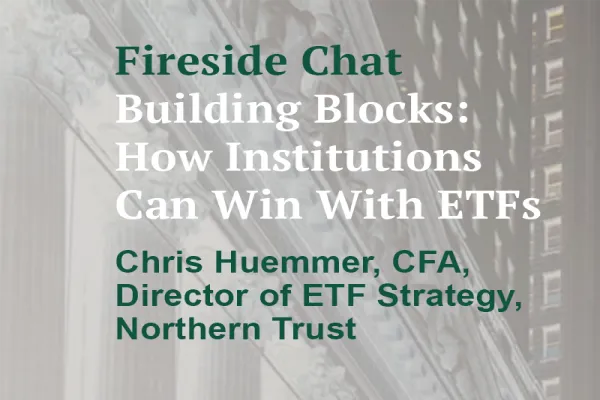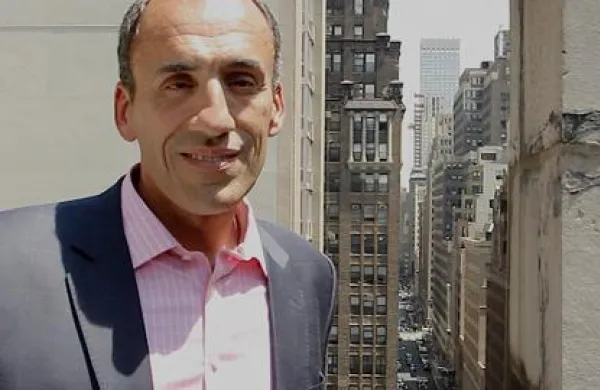In November the debate over blockchain’s value flared up again when four banks reportedly left R3 CEV, a high-profile consortium dedicated to the distributed ledger technology. The departures of Banco Santander, Goldman Sachs Group, Morgan Stanley, and National Australia Bank left many pundits asking if blockchain is all hype. But even the banks that quit R3 will tell you that the technology is no fad — and that it’s about to start working for financial services in earnest.
The goal of consortia like R3 and the Linux Foundation’s Hyperledger is to help adapt blockchain, which was originally created to work in an anonymous, permissionless environment, to the heavily regulated and permissioned world of finance. Some 70 financial institutions have joined R3 since it launched in 2014.
Major banks in the U.S. and elsewhere have been examining blockchain in various ways since 2011; in recent years collaborative models such as R3 have sprung up to support information sharing and technology development around big, clunky issues like market structure. Advocates for blockchain claim it would make contracts and financial transactions safer and more cost-effective.
“The key thing to remember with consortia is that banks have differing priorities internally and externally, so they may move in and out of these organizations based on how their priorities shift,” explains Angus Champion de Crespigny, a senior manager in EY’s Financial Services Organization and the consulting giant’s FSO blockchain and distributed technology leader for the Americas. “Is blockchain dead because one bank leaves a consortium? Not at all.”
Banks are also working on their own projects with blockchain. For example, Santander has shifted its focus to smaller groups and internal application development, according to Julio Faura, head of research and development for blockchain. “I think 2017 is going to be the year when banks start walking the talk on blockchain,” Faura says. “There has been a lot of focus on how to make this technology real for banks, and we are going to start seeing those experiments now.”
Santander is also an investor in Digital Asset Holdings, a U.S. blockchain startup led by Blythe Masters, known for helping pioneer the credit default swap, that is building business applications and market structure systems backed by the distributed ledger. Digital Asset Holdings has been working globally with exchanges and market organizations like the Depository Trust & Clearing Corp., which provides settlement and clearing services, to implement blockchain technology.
Chris Church, the firm’s chief business development officer, says the use cases for blockchain in banking and financial services are maturing. “There has been a lot of time and money put into transforming pretrade processes, but I think we’re starting to see a shift toward posttrade and back-office applications where distributed ledger technology will be very impactful for banking as a business,” Church tells Institutional Investor.
Beyond their work on broader market structure, the consortia are focusing more on the back-office functions of banking. R3 plans to release blockchain applications catering to areas like trade finance, regulatory reporting, and know-your-customer processes, says managing director Charley Cooper. In late November the group launched Corda, an open-source distributed ledger platform made specifically for financial services; Cooper expects R3’s first two applications to be on the market by the end of 2017.
Banks are creating their own ecosystems in addition to working with consortia and startups. Philippe Denis, chief digital officer at BNP Paribas, heads the bank’s blockchain strategy; he also leads an in-house development lab that is holding hackathons in the U.S. and Europe to further blockchain programming with help from students and outside developers.
“I think the key role of consortia is that they help to create standards and a unified thought process around technology development,” Denis says. “That’s important for successful implementation and management of this technology, but we also have a desire to develop a robust internal blockchain group.”
Besides running its blockchain development lab, BNP Paribas is a member of R3, has a board seat at Digital Asset Holdings, and is part of a European blockchain consortium through Caisse des Dépôts et Consignations, a French public finance organization. BNP is also developing its own blockchain applications around trade finance and other core areas of its business that it will launch internally in the near term.
The emergence of project ecosystems devoted to blockchain technology is a strong signal that the distributed ledger is finally coming of age. Hu Liang, senior managing director of the Emerging Technologies Center at State Street Corp., says 2017 will be the year the bank puts its blockchain ideas to work in a way that resembles a more traditional product launch cycle.
“We’re now getting to the point with blockchain that we can start to assess our projects in terms of whether they are ready to use now, will be in the medium term, or should be considered long-term goals,” Liang notes. “That’s significant because it indicates that blockchain is no longer an if; it’s just a matter of when.”





